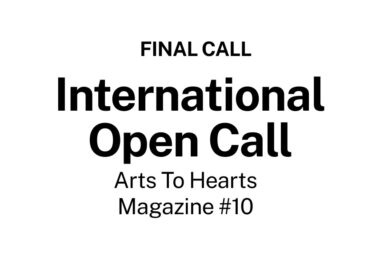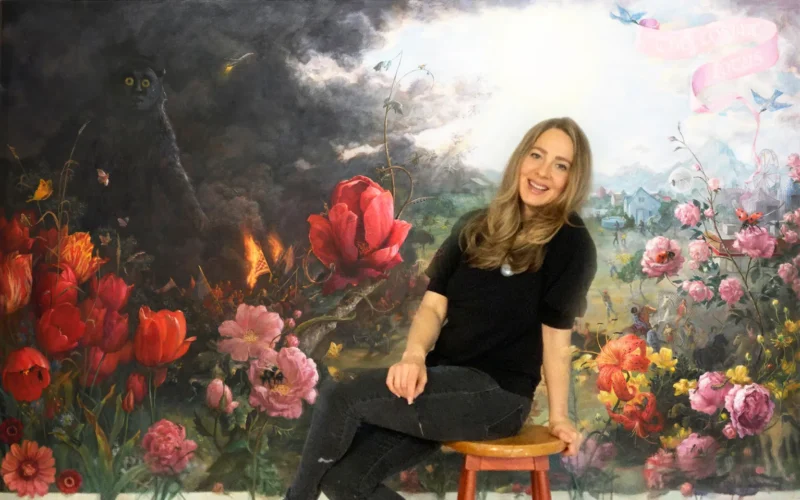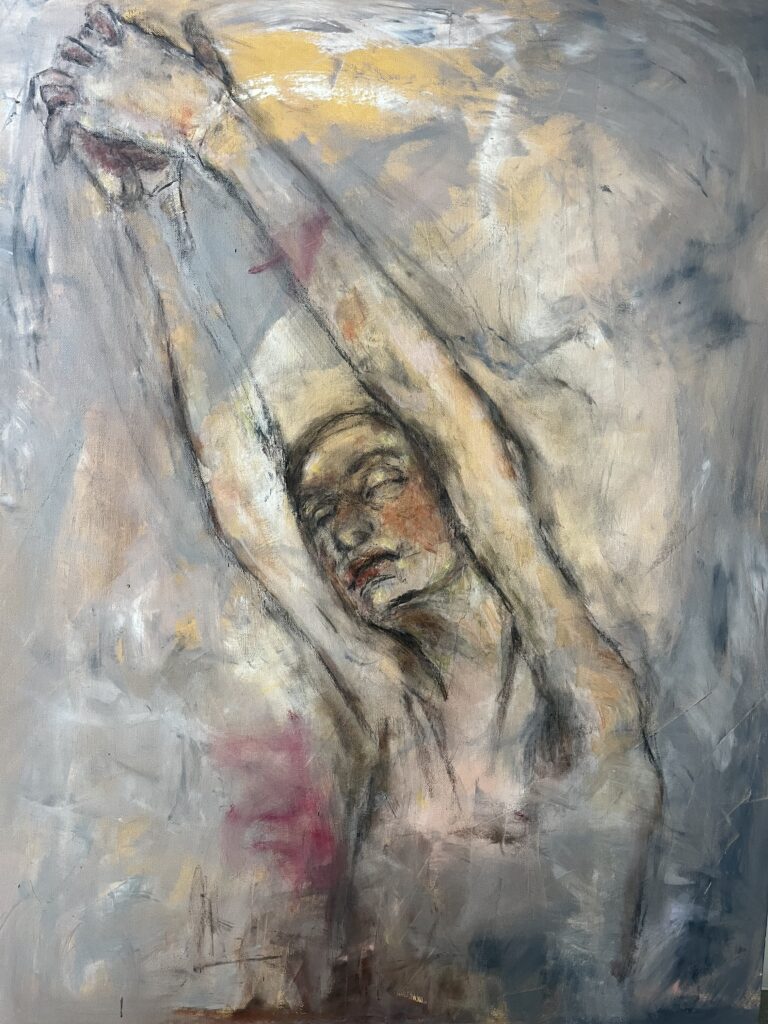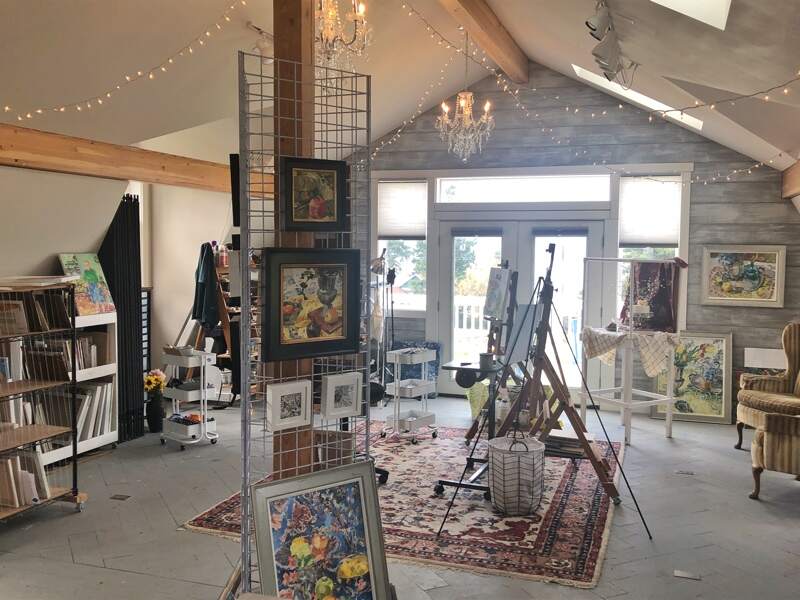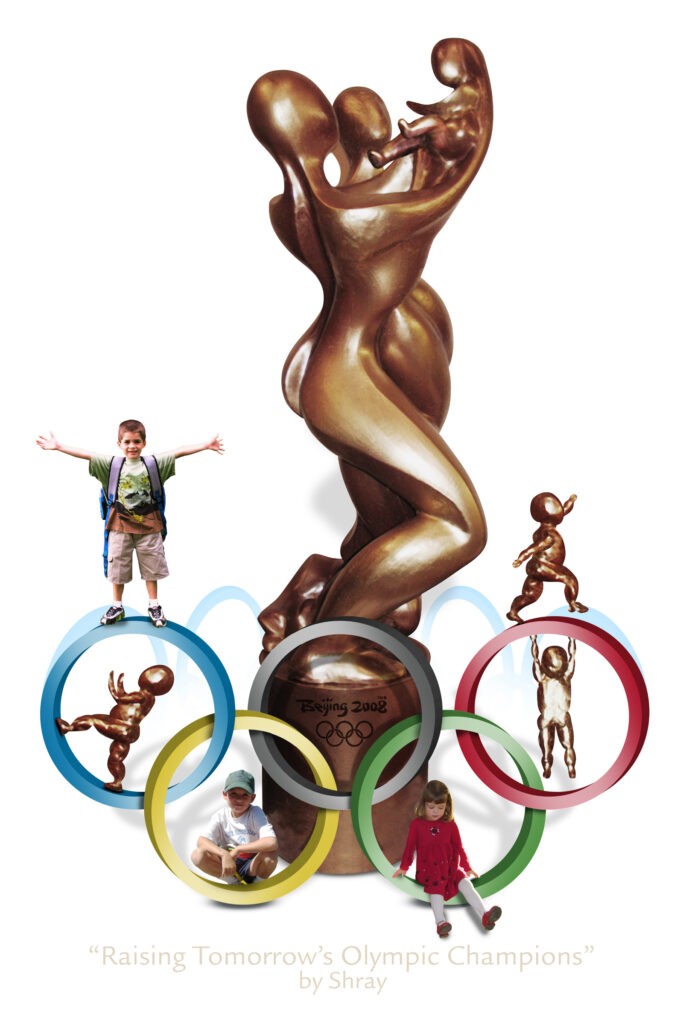
Inside The Artsy Portraits of Fashion Photographer Zoe
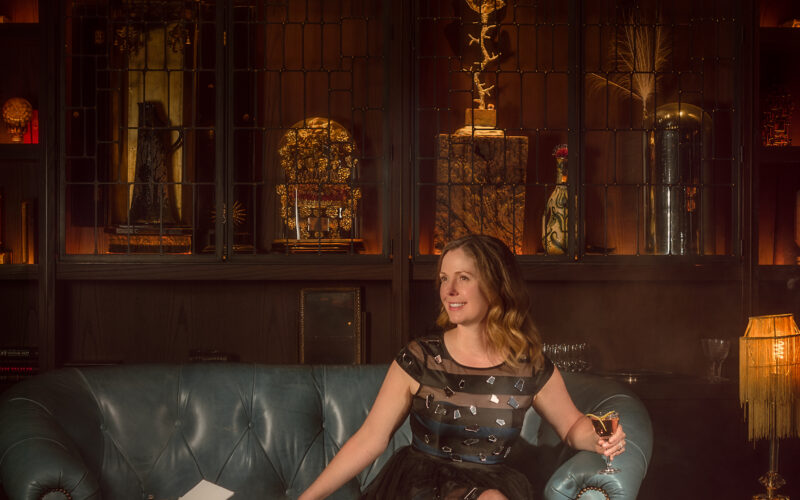

Zoe Smythe is a photographer from a small Canadian town who went from designing fashion in New York City to capturing beautiful, intimate portraits in Seattle. In this interview, Zoe talks about how her background in fashion and philosophy shapes her photography, focusing on sustainability, empathy, and storytelling. She explains how she works closely with her clients to create portraits that truly reflect who they are. Zoe also shares her journey, techniques, and the collaborative process behind her unique and meaningful photos.
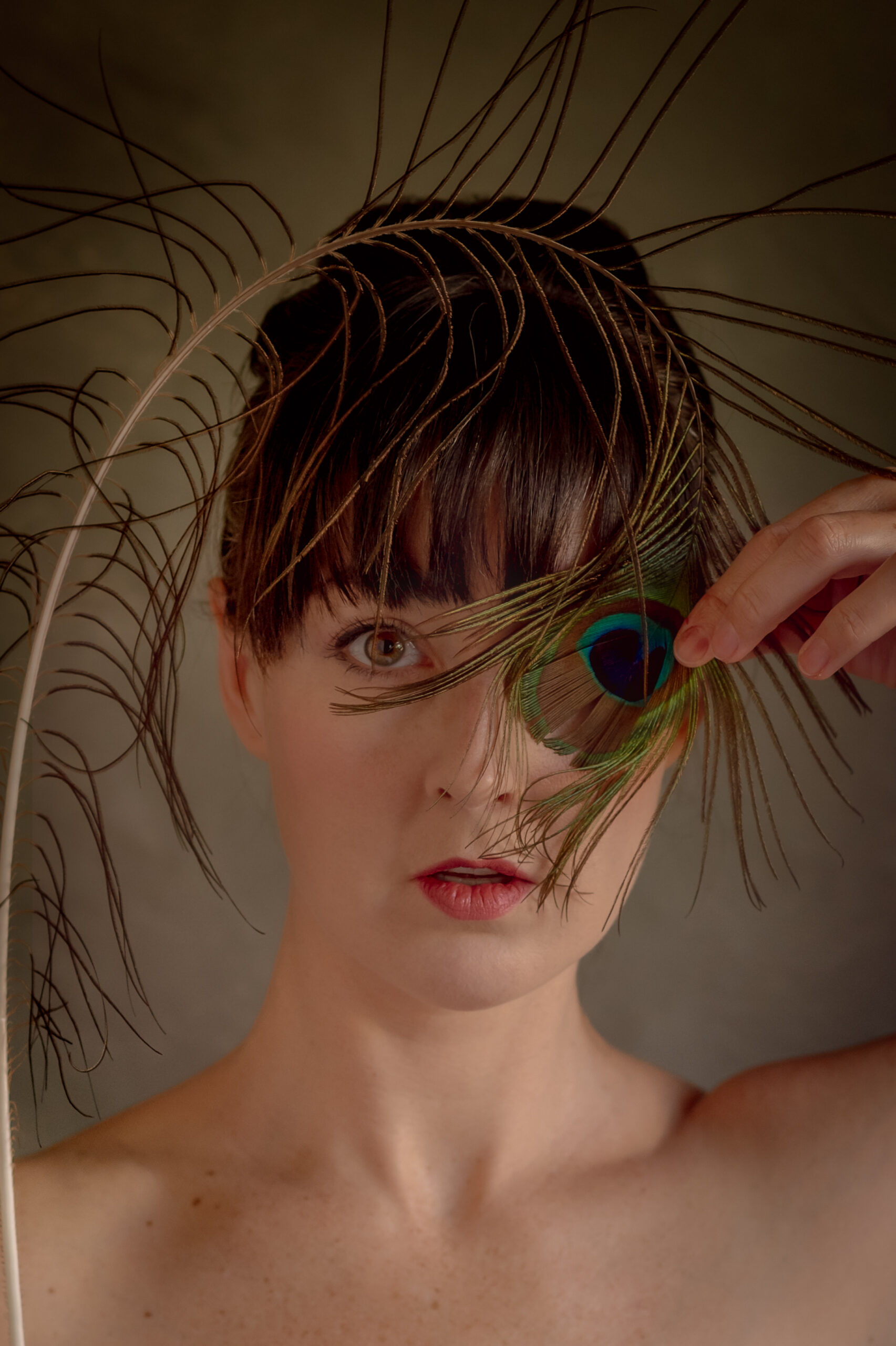
Zoe, hailing from a small Canadian town, earned her Bachelor of Fashion Design in Vancouver before immersing herself in New York City’s fashion scene for over a decade. Settling in Seattle after the birth of her first child, she transitioned from fashion designer to photographer. Zoe infuses her photography with insights gleaned from her fashion background, blending her love for fashion history with a flair for creativity. Her portraits are customized, reflecting each client’s essence through meticulous attention to detail. With a keen eye for materials and a knack for storytelling, Zoe creates timeless, intimate images that resonate deeply. Each collaboration aims to co-create meaningful portraits that capture the subject’s essence, imbuing every frame with emotion and narrative.
1. Zoe, you started in fashion design before moving to photography. What first interested you in fashion, and how has that helped you as a photographer?
I have always been fascinated by the idea of creating things for others, which is why I was initially drawn to fashion design. Designing anything for anyone requires empathy; you must put yourself in another person’s shoes to understand what they want and need. I also saw working in the fashion industry as an opportunity and a responsibility. Fashion production has an enormous impact on people and the planet. While working in the fashion industry, I didn’t always have the chance to work for the most sustainable companies. However, I started a sustainable fashion blog where I interviewed people from various companies focused on ethical and sustainable design and production methods.
These interviews taught me that solutions to complex problems are rarely black and white. There are many avenues to explore when solving these issues. One significant takeaway from my time in fashion was understanding that the best way to reduce your fashion footprint is to make things last. The longer you have and wear something, the smaller its footprint becomes. Upcycling is also an excellent way to reduce an item’s footprint. This mindset has carried over to my photography career. When creating wardrobe and props, I source as much as possible from thrift stores and companies that sell pre-consumer fashion industry waste, like FabScrap. Overall, my background in fashion design has helped me as a photographer by honing my empathetic approach to understanding my subjects and by emphasizing the importance of sustainability in my creative process.
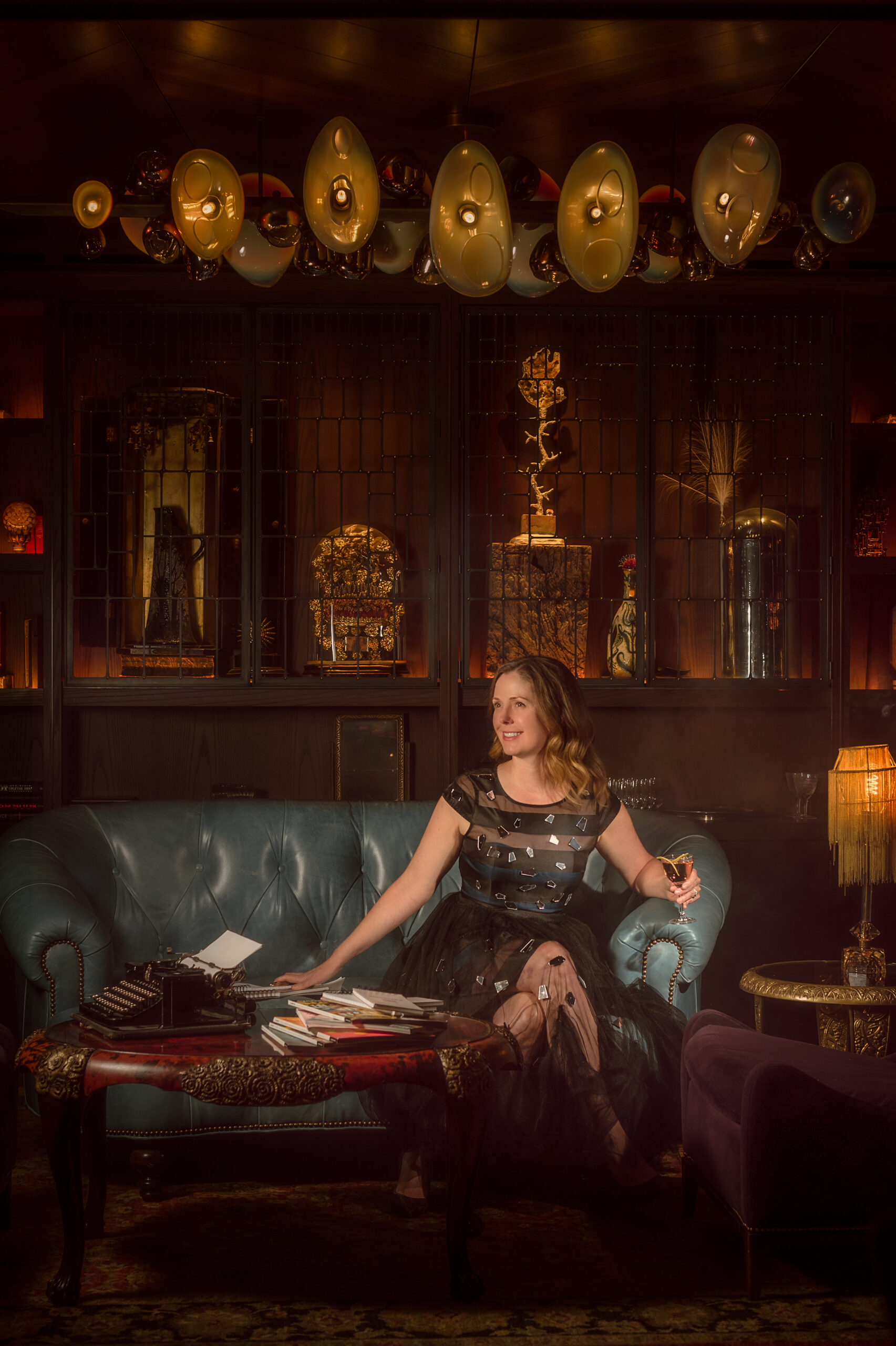
2. You’ve lived in Vancouver, New York, and now Seattle. How have these places influenced your Photography style?
Living in Vancouver, New York, and now Seattle, as well as growing up in a small town in Western Canada and spending a few months in the Czech Republic during high school, has profoundly shaped my photography style. Each place has left me with a deep appreciation for the importance of location. Different places hold unique and personal meanings for people, so part of my Narrative Design process always involves discussing location. The portrait’s location is significant in telling someone’s story on multiple levels. Sometimes, we have the opportunity to photograph someone in their significant location. For others, we find a place that embodies elements of the location that are significant to their narrative. This is why Narrative Portraits are rarely taken in a studio setting. Finding the right location is a key part of the process. By living in different places, I have learned that places hold meaning. This sense of place can add layers of meaning and depth to the story being told.
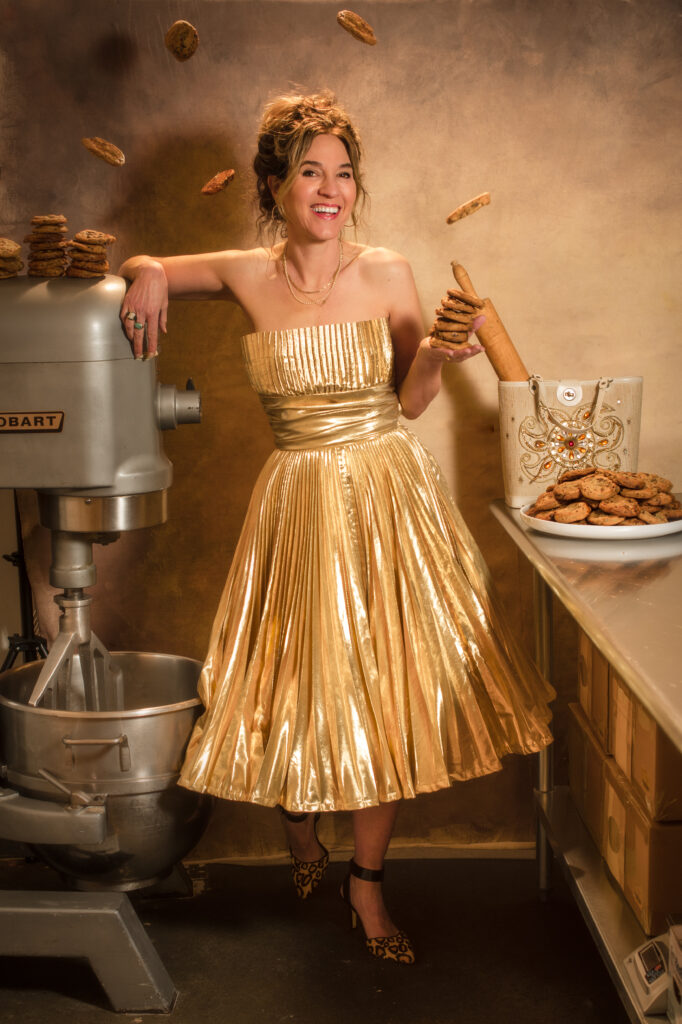
My background in fashion design has helped me as a photographer by honing my empathetic approach to understanding my subjects and by emphasizing the importance of sustainability in my creative process.
Zoe Smythe
3. You love using fashion history and playing with different materials and accessories in your shoots. Can you share a fun story about a photoshoot where these elements made a big difference?
Wardrobe design is a key element of each Narrative Portrait. Planning the wardrobe is a crucial part of the process when I sit down with a client for their initial interview. I’ve always believed how we dress is a significant part of communicating with others. One of my favorite experiences was working with writer and editor Allecia Vermillion. During our discussion, I was struck by her role as a gatherer of people’s stories. As we discussed her wardrobe, I kept visualizing the Elizabeth I Rainbow Portrait. I remember learning how the eyes and ears embroidered on Elizabeth I’s dress symbolized that she saw and heard everything, serving as a warning.
Though malevolent in intent, I was struck by how the very fabric of a garment could hold symbolic meaning. For Allecia, I envisioned something similar but with a positive twist. I imagined her covered in mirror fragments to symbolize her gathering and reflecting stories back to the world. I promised her she wouldn’t look like a disco ball, and she trusted me. On the day of the photoshoot, I adorned her dress with mirror pieces fitted with magnets. This allowed me to attach and remove them easily using metal washers as backings, leaving her dress unharmed. The mirror fragments not only added a unique visual element but also encapsulated Allecia’s essence as a storyteller. I had a lot of fun with this blend of fashion history and creative material use that brought her narrative to life in a meaningful and visually striking way

4. You say your portrait sessions are a team effort with your clients to tell their stories. Can you explain how you work together to ensure the photos show who they are?
Each narrative portrait is a co-creation between me as the photographer and the person being photographed. The goal is to tell their unique story by visually representing their identity. This process isn’t photographer-led when it comes to design. It starts with an in-depth interview, using specific questions I’ve designed to help people open up about themselves and ideate how to translate their story visually. Everything from the wardrobe, location, props, lighting, time of day, and atmosphere is custom-designed to capture their essence and tell their story. During the interview, I usually just find myself saying “yes” a lot. Initially, people worry they aren’t creative, will say something silly, or won’t provide enough material to work with. However, the ideas start to flow once we break through that initial crisis in creative confidence. It’s a transformative process where the person’s story unfolds in layers. I am always amazed by what we can develop together. By the time we reach the photoshoot, we’ve crafted a deeply personal narrative that goes beyond just a picture, creating a visual story that resonates with their identity.
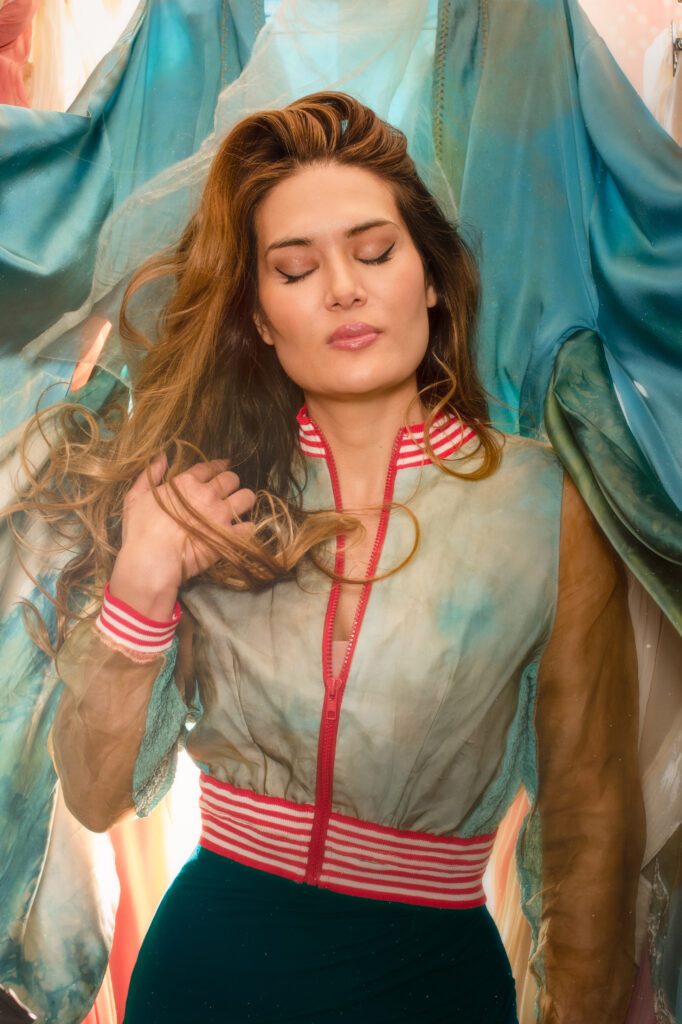
The intimate nature of my portraits comes from working closely with my clients to tell their unique stories.
Zoe Smythe
5. Being a mom and running a creative business must be quite a balancing act. How has having kids changed the way you approach your photography?
I think having kids forces a person to let go of predetermined outcomes. If you want to control how something will turn out as a parent, you will drive yourself mad. The creation of art is much the same; it is about the process. Of course, the goal is always a positive outcome, but pretending to know exactly how something will turn out defeats the purpose. From a logistical standpoint, I have to make many decisions about how I will use my time. I’m constantly pulled in a thousand directions, and finding ways to improve my workflow is ongoing.
6. Your photos are described as timeless and intimate. How do you capture this feeling in your work, and what techniques do you use to create such powerful images?
Light and shadow are very important to me. I aesthetically gravitate towards a certain quality of light, which is why I almost always use flash or some sort of external lighting in my photography. This allows me to control the light. The intimate nature of my portraits comes from working closely with my clients to tell their unique stories. I prefer to capture as much as possible in-camera, meticulously setting up each shot to achieve the desired effect. This includes careful consideration of the wardrobe, location, props, and overall composition. However, I also do quite a bit of post-production work. This phase allows me to fine-tune the image, enhancing details and ensuring that the final result aligns with the emotional tone we aimed to create during the shoot.
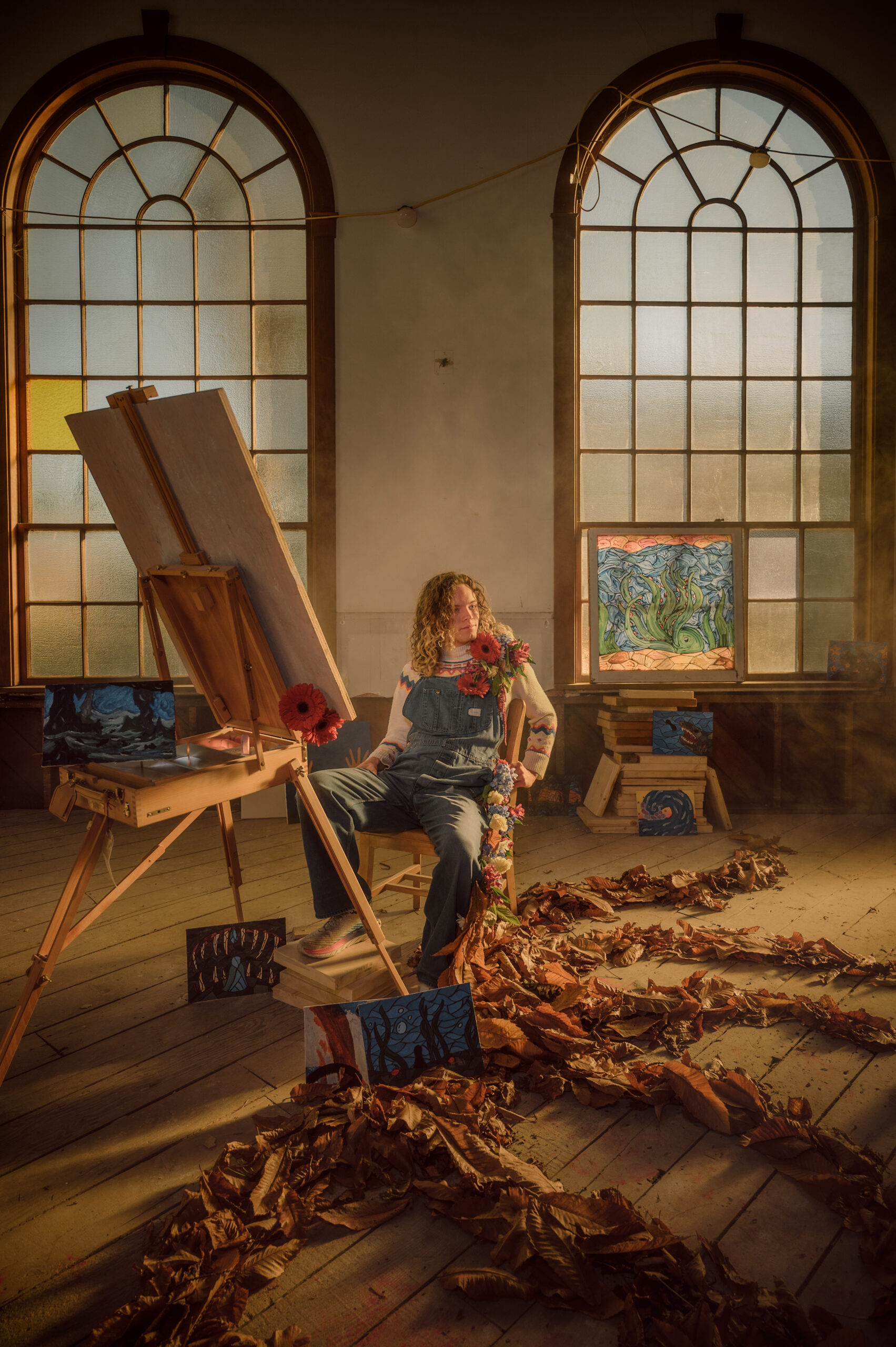
Zoe’s journey from fashion design to photography shows her passion for creativity and connecting with people. She creates portraits that tell meaningful stories by combining her fashion skills with her empathetic approach. Zoe’s dedication to sustainability and collaboration shines through in her work, making each photo a timeless piece that deeply resonates with her subjects. To learn more about Zoe, click the following links to visit her profile.









